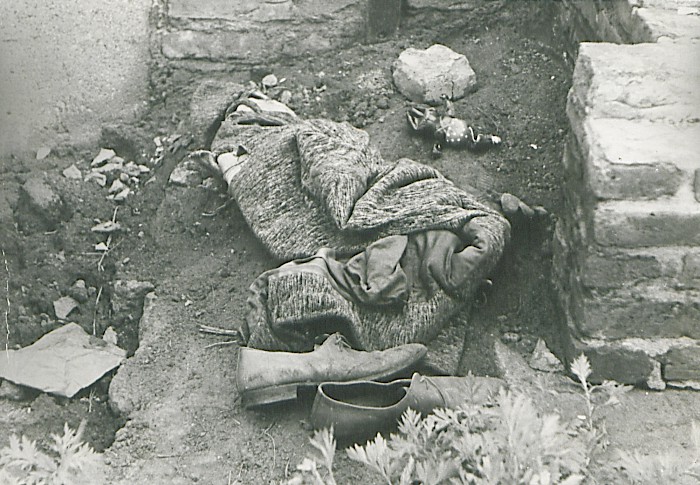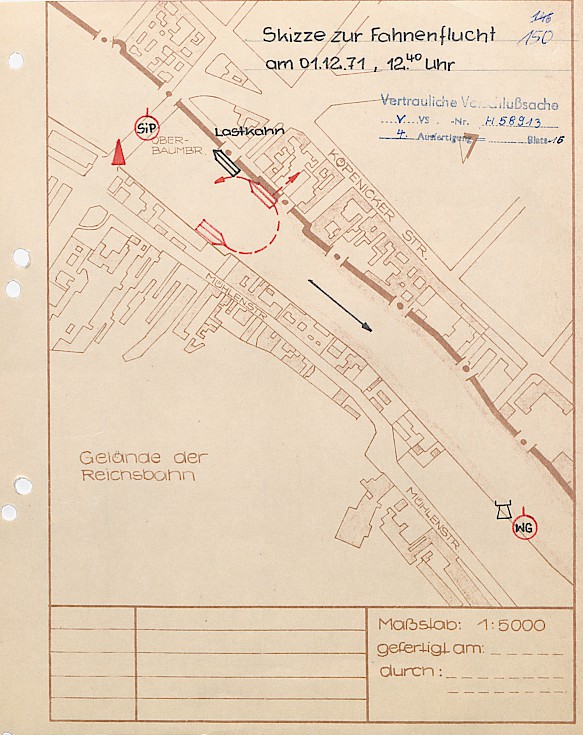Escape Attempts on Mühlenstraße
"The section between Schilling Bridge and Osthafen must be regarded as an utmost focal point since nine individuals were arrested there for attempting to breach the border in the period between 1 and 31 August 1965. Of these, four had already entered the Spree."
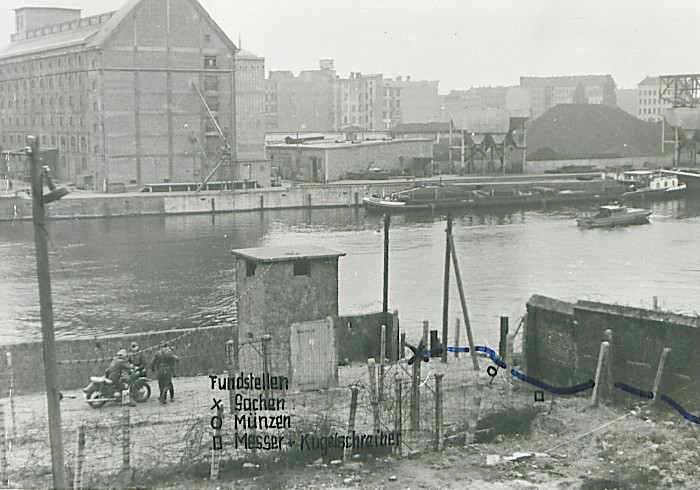
After the East-West border was closed on 13 August 1961, people continued to flee East Berlin from Mühlenstraße through the Spree River to West Berlin. The partially vacant houses and ruins offered ample opportunities hide in the border strip and approach the Spree unnoticed. A 31-year-old miner was able to escape to West Berlin on the night of 27-28 August 1965. The 1st border company’s report to the city commander retraces the path taken by the escapee. The man made his way from Mühlenstraße through the buildings and ruins to the river, where he left his bag and ID behind. He entered the water and presumably swam to the other side. It has not yet been determined how many people fled via Mühlenstraße to West Berlin. At least seven men are known to have died while trying to cross the Spree to West Berlin from here.
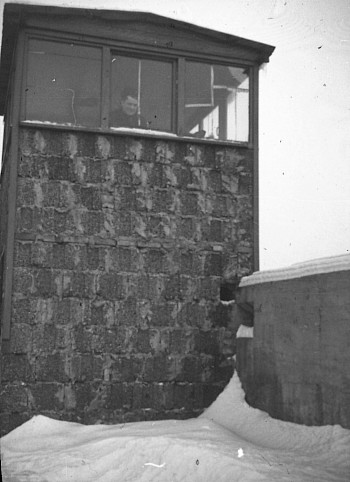
The GDR government expanded the border fortifications in the area in an effort to prevent escape attempts. The buildings on Mühlenstraße were demolished in 1977 and replaced by "Border Wall 75," whose 3.6-meter-high walls more effectively hindered escapes.
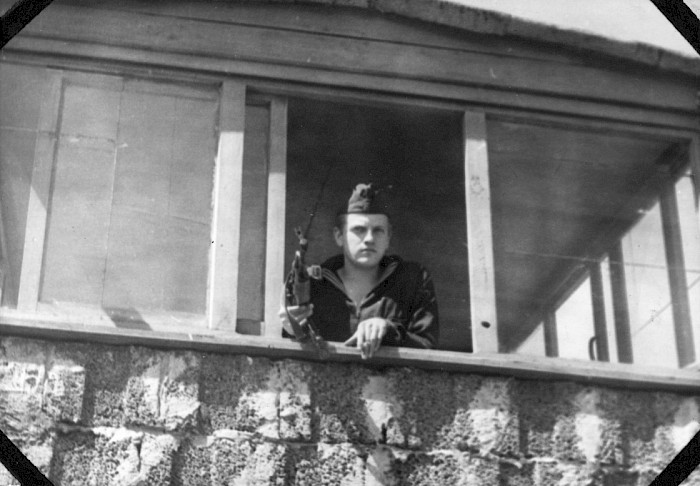
Escape Attempts by GDR Border Guards
The soldiers deployed at the border played an important role in border security. They patrolled the Spree in boats and on riverbanks and guarded the border area from watchtowers at Brommy Bridge. It was their responsibility to stop escapees, even by using their firearms if need be. The men deployed at the border, however, were no more ideologically committed than the average GDR citizen. A tightly meshed system of controls, reprimands, military drills and conditioning were employed to ensure that these individuals guarded the border whether they wished to or not. There were repeated incidents, however, of border guards attempting to flee to West Germany.
In December 1971, two 20-year-old border guards wrestled their colleague’s gun away from him. They forced him to get out of the border security boat parked at the riverbank at Mühlenstraße 74/77. They drove the boat to the Kreuzberg side and jumped ashore. Their successful escape took place in the middle of the day—in complete daylight, when there was a high risk of being seen or shot at from border security boats.
Additional information:
More on escape attempts at the Berlin Wall: https://www.chronik-der-mauer.de/fluchten/
Introduction to GDR border security: https://www.hdg.de/lemo/kapitel/geteiltes-deutschland-modernisierung/reformversuche-im-osten/grenzsicherung.html
More on the Stasi’s role in guarding the GDR border: https://www.stasi-unterlagen-archiv.de/informationen-zur-stasi/themen/innerdeutsche-grenze/
Podcastfolge zum Thema Flucht und Ausreiseanträge: Die Podcast-Reihe „Grenzerfahrung“ von der Stiftung Berliner Mauer entstand 2021 anlässlich des 60. Jahrestags des Mauerbaus und wurde gefördert von der Bundesbeauftragten für Kultur und Medien. In der Folge „Freiheitsdrang“ geht es um die Menschen, die versuchten, der DDR durch einen Ausreiseantrag oder Fluchtversuch zu entkommen. Zeitzeuginnen und Zeitzeugen berichten von ihrer Motivation, ihren Wegen und vom Ankommen in West-Berlin bzw. der Bundesrepublik bzw. von ihrer Verhaftung. https://www.stiftung-berliner-mauer.de/de/stiftung/podcast-grenzerfahrung
